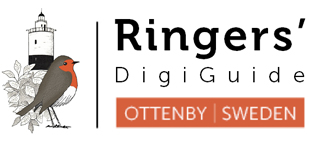

Dunnock
AGE – BEST CRITERIA:
In 1cy, a moult contrast is present in the wing. In most birds the contrast is situated between post-juvenile MC and juvenile GC, and is difficult to discern. In birds with more extensive moult the contrast is found within the GC (or rarely, if all GC was included, the constrast is seen towards the still juvenile PC). Adult birds show a uniform and freshly moulted plumage. Best aged on a combination of pattern and structure of GC, PC, RR and colour of iris.
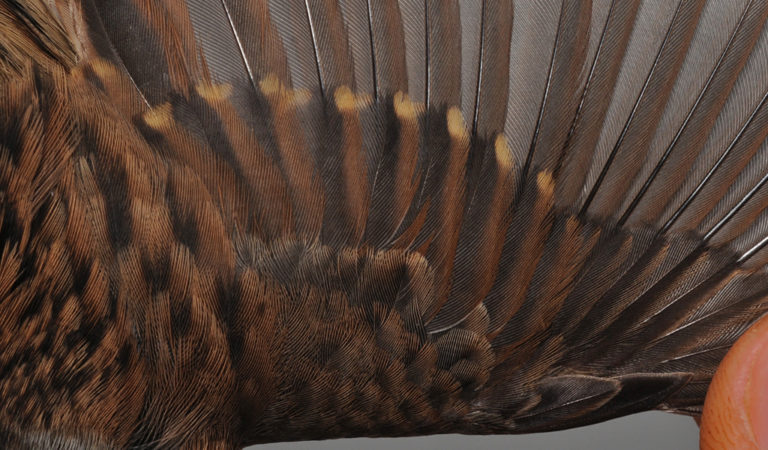
1cy October. Like most birds, this one shows unmoulted juvenile GC1-10, and the contrast to the post-juvenile MC is difficult to see. However, the GC shown here have a rather typical juvenile pattern. To start with, the central and outer GC (which are more easily assessed than the inner ones) has a brown outer edge with a warm cinnamon tone and is distinctly set-off to the dark feather centre. The centre is contrastingly dark (almost black) and shows a 'hooked' edge as it curves around the inner lower part of the pale spot. Further, the black area on the outer vane reaches the tip through a rather rather distinct and broad 'channel' between the shaft and the pale spot. The pale spots are quite large, distinct, yellowish and has an oval-shape. [CP41631]
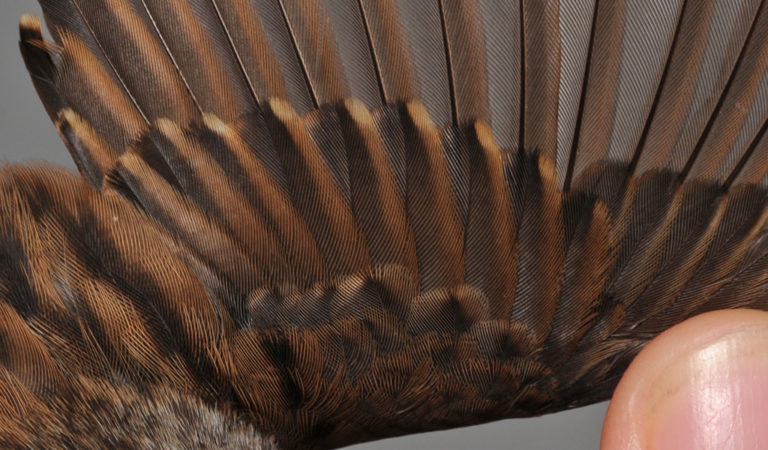
1cy September. Another individual showing juvenile GC1-7 in contrast to post-juvenile GC8-10. The contrast is not easily seen, but the new inner GC shows slightly less warm brown edge to the outer vane, and their structure is slightly more dense than in the adjecent juvenile GC. The adult pattern on the inner GC is not very obvious, but inner GC are often more difficult to judge than the outer ones. The central and outer juvenile GC are rather typical, showing a cinnamon edge distinctly set-off to the blackish centre. The black area reaches the tip through a rather wide 'channel', but note that the black 'hook' below the pale spot is less pronounced in this bird. The pale spots are quite large, distinct, yellowish and has an oval-shape. [CP47968]
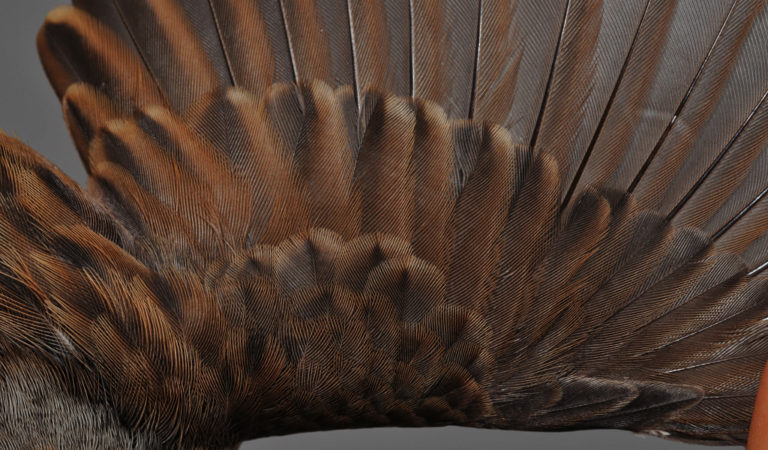
2cy+ October. A rather typical fresh adult wing showing uniform, dense and rather broad GC. Note that the over all pattern is slightly less contrasting than in juvenile GC. The brown outer edge is less warm, slightly broader and more diffusely set-off to the dark centre. The centre is slightly paler and less contrastingly dark grey, and on the outer vane it barely reaches the feather tip since the 'channel' betwen the shaft and the pale spot is very narrow. Note also the lack of a black 'hook' below the pale spot, caused by the broader brown outer edge. The pale spot is rather small (is often smaller than this, and may even be missing), quite diffuse, whitish and has a rather square shape with clear corners. [CS00451]
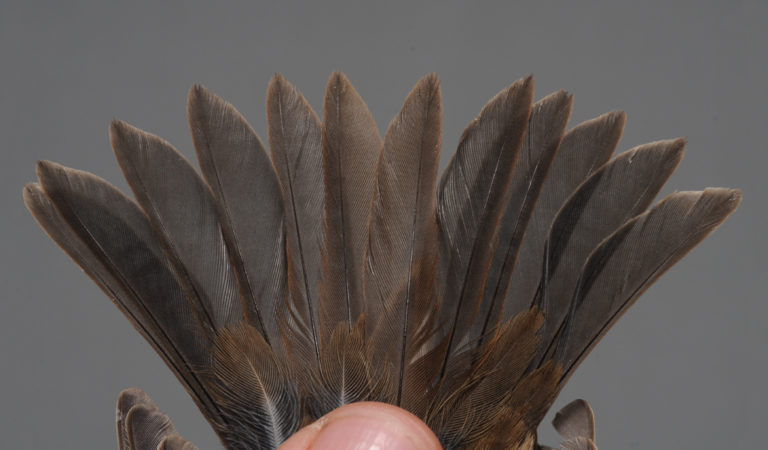
1cy October. Juvenile RR are generally slightly more narrow and more pointed than in adult, but there is a variation in shape and difficult birds are sometimes seen. The structure is often helpful: less dense, less glossy and somewhat paler brownish than post-juvenile (or post-breeding) feathers. Most birds include no RR in the post-juvenile moult, but occasionally single feathers may be moulted. [379485H]
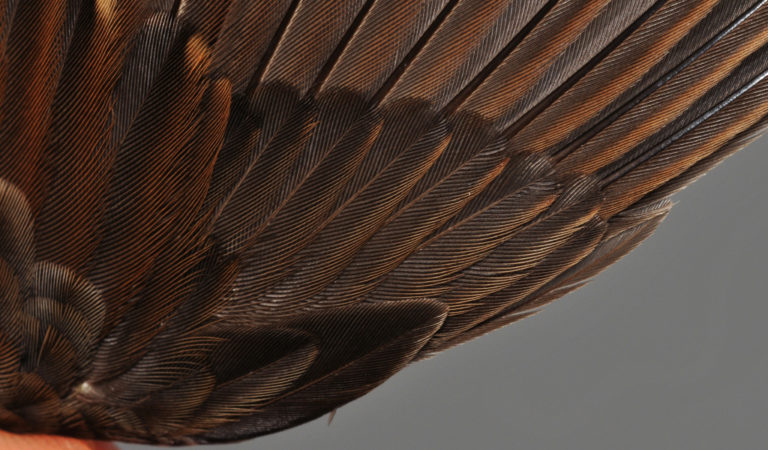
1cy October. Juvenile PC are less dense and often slightly more worn and loose/frayed than in adult, but difference is not always obvious. The brownish outer edge is rather narrow and quite distinct, and does not reach the tip. This results in a broad dark feather centre that run with equal width, between the shaft and the brownish outer edge, all the way to the tip. [CP41630]
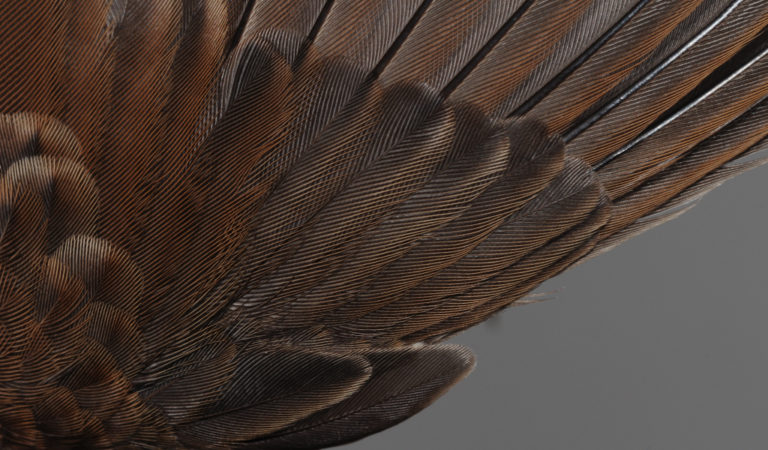
2cy+ October. Adult PC are slightly more dense and crisp fresh, sometimes showing broader and more square-shaped tips. The outer edge is often slightly colder greyish-brown, a bit broader and more diffusely set-off towards the dark centre than in juveniles. Further, the greyish-brown outer edge often reaches further out on the feather, closer to the tip, sometimes even narrowly rounding the tip. This pattern gives a dark centre (between the shaft and outer edge) that narrows in width towards the tip. [CS00451]
More Prunella modularis:
Ringers’ DigiGuide is sponsored by: